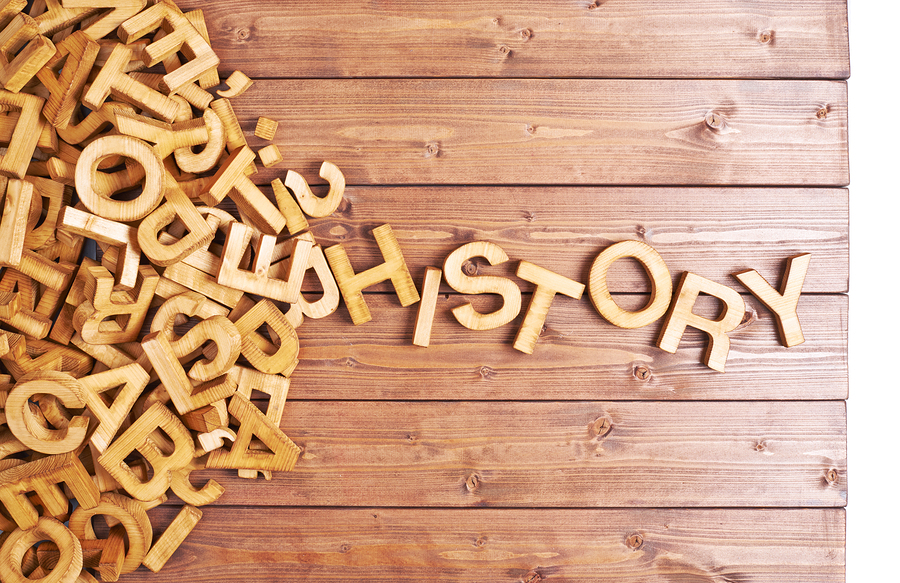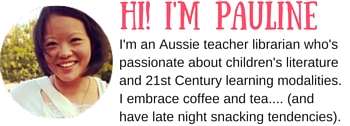Literary learning is learning through literature – constructing new knowledge through personal response, analysis and critique of texts that reflect and affect humanity through works of the imagination. At the heart of literary learning is aesthetic personal response – enjoying literature, engaging to construct meanings and critical understandings of the text, the world and the individual. Every aesthetic reading is a unique creation, woven intricately through the reader and the text, at a particular time, under particular circumstances (Rosenblatt, 1982). Actively consumed, literature becomes a unique source of learning as it persuades readers to think deeply about the thought-provoking dimensions of the human condition (Cornett, 2007; Court, 2011). By pursuing transparent emotional and intellectual responses to reading, stories teach effectively (Haven, 2007) – literature becomes an avenue for pleasure, vicarious experiences, the development of relatable background knowledge, understanding, appreciation and engaging conversations (Barone, 2011; Bridges, 2015). Literary learning embraces authentic texts and responses, and offers students access to the transformative power and richness of literature.
Infusing literary learning into the History curriculum endows students with narratives to connect abstract historical content to their everyday lives. Literature in History is read primarily for an aesthetic experience – a sharing of what it would have been like to live in those days (Rosenblatt, 1991). After first reading with an aesthetic emphasis, discussions of efferent (skills/content) elements should be prefaced with the author’s use of verified historical sources.
Student learning of History is enriched through literary learning because literature presents complex historical characters and issues; promotes curiosity, academic equity, richer detailed understandings of historical periods; and increases engagement through relevance (Lindquist, 1995). Relevance is encouraged through literature’s metaphors, settings, multiple perspectives, and themes. Presenting a range of literature in History encourages critical thinking through interrogation of texts (Anstey, 2000), ensuring students of wide ranging abilities and interests (e.g. students from non English speaking backgrounds, students hovering at national NAPLAN minimum reading standards, students who do not read for pleasure) have access to deep learning that may otherwise be too abstract to be of any personal relevance.
References
Anstey, M. (2000). Reading the visual: Written and illustrated children’s literature. Sydney: Harcourt.
Barone, D. M. (2011). Children’s literature in the classroom: Engaging lifelong readers. Retrieved from EBook Library.
Bridges, L. (2015). The joy and power of reading: A summary of research and expert opinion. Retrieved from Scholastic website: http://www.scholastic.com/worldofpossible/sites/default/files/Research_Compendium_0.pdf
Cornett, C. E. (2007). Creating meaning through literature and the arts: An integration resource for classroom teachers (3rd ed.). Upper Saddle River, NJ: Pearson Merrill Prentice-Hall.
Court J. (2011). Read to succeed: Strategies to engage children and young people in reading for pleasure. Retrieved from EBook Library.
Haven, K. F. (2007). Story proof: The science behind the startling power of story. Retrieved from Ebook Library.
Lindquist, T. (1995). Why and how I teach with historical fiction [Article]. Retrieved from http://www.scholastic.com/teachers/article/why-and-how-i-teach-historical-fiction
Rosenblatt, L. M. (1982). The literary transaction: Evocation and response. Theory Into Practice, 21(4), 268-277. doi:10.1080/00405848209543018
Rosenblatt, L. M. (1991). Literature—S. O. S.!. Language Arts, 68(6), 444–448. Retrieved from http://www.jstor.org/stable/41961889


